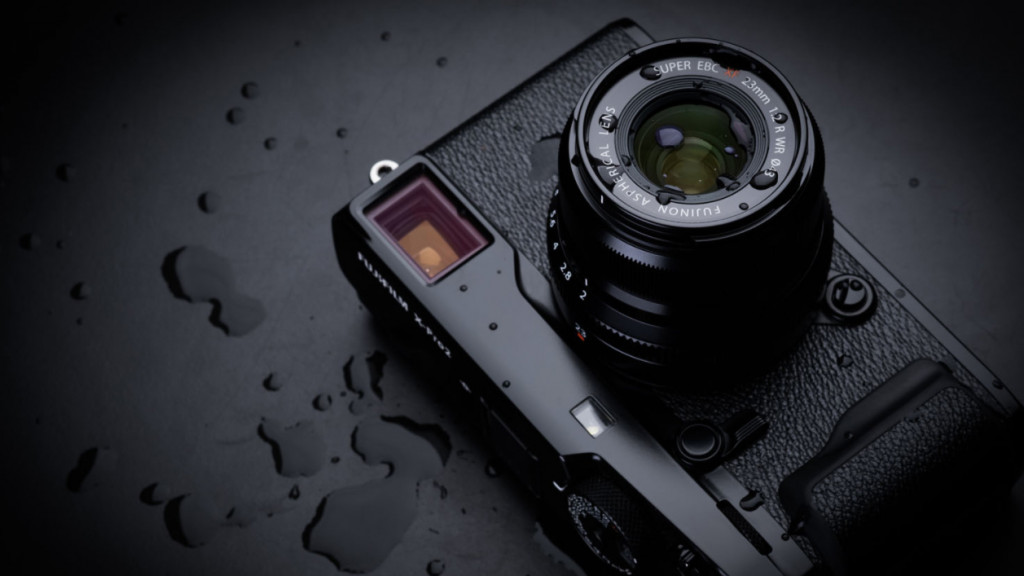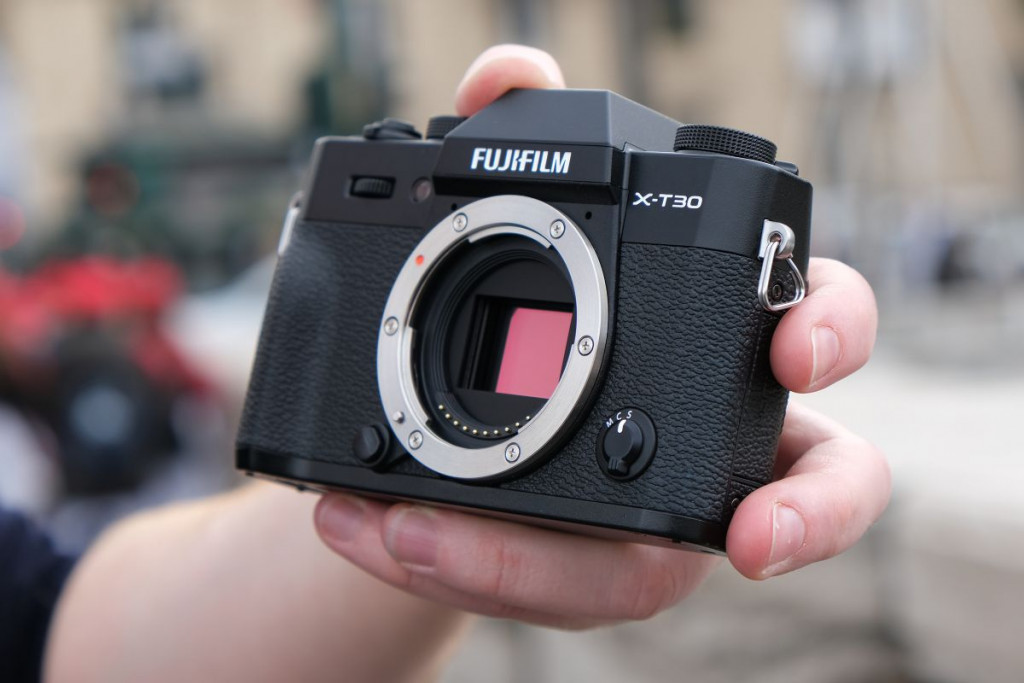
It’s been more than three years since Fujifilm introduced the X-Pro2 and much has changed since then. While the company has issued a handful of firmware updates to keep it relevant over its lifetime – adding 4K video, boosting the autofocus system and so on – these can only do so much to keep the model current.
Since then Fujifilm has fired out a stream of smashers across its wider camera portfolio – from the minuscule X-T30 mirrorless model and the X100F compact through to its GFX medium-format monsters.
The X-Pro2 has been around to witness all of their arrivals and we were quite confident that we’d see its successor soon enough. And how right we were, with Fujifilm confirming the development of the X-Pro3 at the company’s X Summit in Tokyo in September.
And we don’t have long to wait, with a clock on the Fujifilm website counting down each second to the official announcement on October 23. Without divulging too much, the Japanese camera maker did tease a few details, including a ‘hidden’ rear display and a redesigned viewfinder.
Between what we know officially and what we can gather from the rumor mill, we’ve listed what we can expect from the upcoming retro rangefinder.
Fujifilm X-Pro 3: pricing and availability
There’s no surprise party organized for the launch of the X-Pro3. After persistent rumors kept on harping about an October launch, Fujifilm has officially let the cat out of the bag, saying the new camera will be announced on October 23. As we mentioned earlier, there’s even a countdown clock on the company’s global website ticking down to the date.
While October 23 is when Fujifilm will unveil its next camera, it most likely will not go on sale immediately. Chances are the final units will begin shipping in November.
As for the price tag, we can only speculate that it will closely match the launch price of the X-Pro2, which came in at $1,699 / £1,350 / AU$2,699.

Fujifilm X-Pro3: design
At the time of writing, not much is known about the X-Pro3’s internal specs but Fujifilm has at least given us a very good idea of what the camera will look like, confirming most of the rumors.
At first glance, it pretty much resembles the X-Pro2 but there are some major differences, particularly round the back.
As rumors have suggested, the X-Pro3 will lose out on the D-Pad and the traditional 3-inch LCD display. Instead, there’s a two-sided flip frame with the actual LCD screen on the inner side, meaning it would be ‘hidden’ most of the time.
On the outer side, though, is a smaller screen that functions like the top-plate display on many DSLRs and pro-level mirrorless cameras, displaying important shooting parameters like exposure, aperture, shutter speed and ISO settings. You’ll also be able to preview images shots on Fujifilm’s film simulation modes on the outer screen.
You’ll need to flip that display frame over to reveal the actual LCD screen. This design idea, Fujifilm says, is to encourage photographers to think about composition more, rather than just pointing and clicking.
Fujifilm has already announced that the camera will be available in three different finishes – the classic black, a DURA titanium and DURA black. The last two are constructed from titanium with an extra-strong DURA coating to make the body more rugged. Fujifilm claims this should make the cameras 10 times more resistant to scratches than steel and almost as strong as sapphire.
Fujifilm X-Pro3: new viewfinder

Fujifilm has already disclosed that the X-Pro3 will come with a redesigned hybrid viewfinder.
According to the company, the optical component will offer a clearer view, with less distortion and a wider angle of view. The electronic variant will benefit from a higher refresh rate, a wider color space, better contrast and higher resolution than both the X-Pro2 and the X-T3.
What number the higher resolution takes is as yet unclear. Where the X-Pro2 uses 2.36 million-dot panel, Fujifilm now has a 5.67 million-dot panel inside the viewfinder of its GFX 100. In between sits the 3.69 million-dot glass of the latest X-T line. We’ll just have to wait and find out, then look forward to getting our hands on the X-Pro3 to see how those impressive viewfinder upgrades translate in the real world.
Fujifilm X-Pro3: New sensor and processor
The X-Pro2 uses the previous-generation 24MP X-Trans CMOS III sensor and older X-Processor Pro engine, rather than the 26.1MP sensor and X-Processor 4 engine we’ve seen inside more recent models.

Fujifilm X-Pro3: in-body image stabilization (IBIS)
One thing we don’t expect the X-Pro3 to sport is in-body image stabilization (IBIS), although Fuji Addict has reported that rumors of IBIS have made the rounds on Chinese social media site Weibo.
Currently, the only camera in the X-series to have this is the X-H1, a much larger and more expensive model, while it’s also in the new medium-format GFX 100.
Including such a system on a more junior camera is likely to have an impact on its overall size – and given that a number of X-series lenses already sport optical image stabilization, we reckon Fujifilm will stick with this to keep the camera as compact as possible.
Fujifilm X-Pro3: autofocus
As the X-Pro3 is predominantly a stills camera, especially one that likely lacks IBIS, improving the autofocus system would be important.
At launch, the X-Pro2 had 71 selectable phase-detect AF points – a firmware update improved that to 91 points. However, the fourth-generation X-Trans sensor does allow for more AF points to be spread across the entire frame – like the 425 individual points in the Single Point AF mode on the X-T30 – and we’d be surprised if the X-Pro3 came with less.
Fujifilm X-Pro3: video specs
A firmware update added 4K shooting capabilities to the X-Pro2, although that’s at 30fps. That’s about the least we expect from the X-Pro3, although it’s fair to assume that the new camera would be able to shoot video at 60fps, like the X-T3.
Source: techradar.com









































